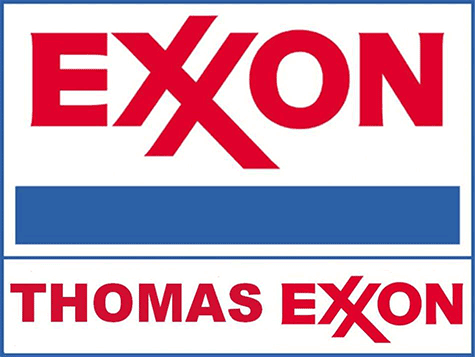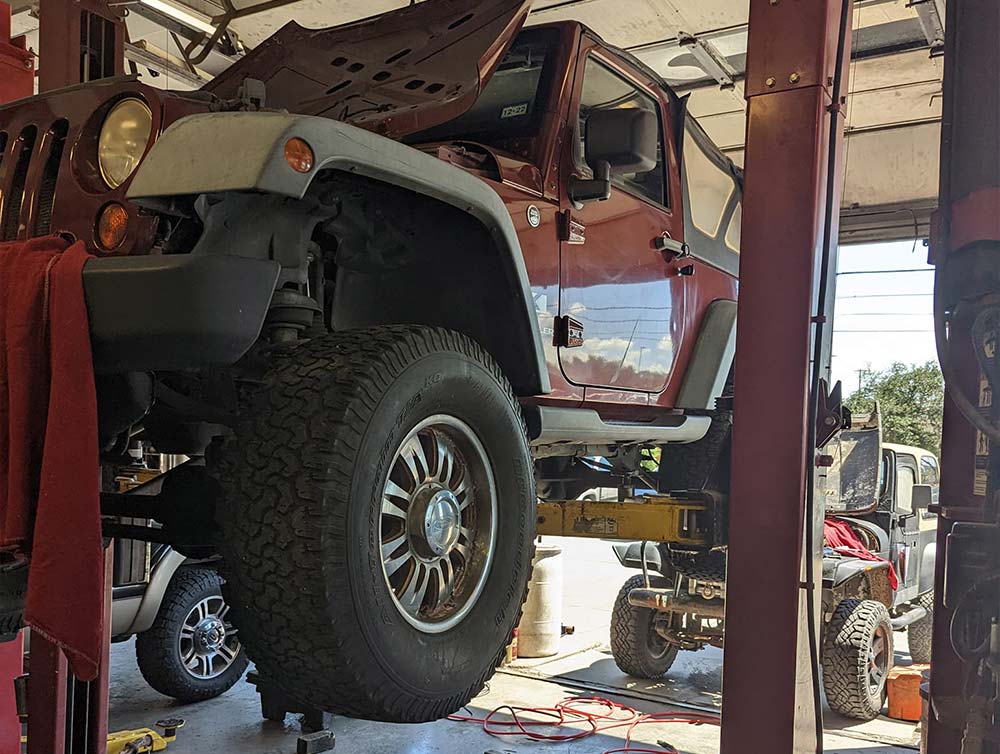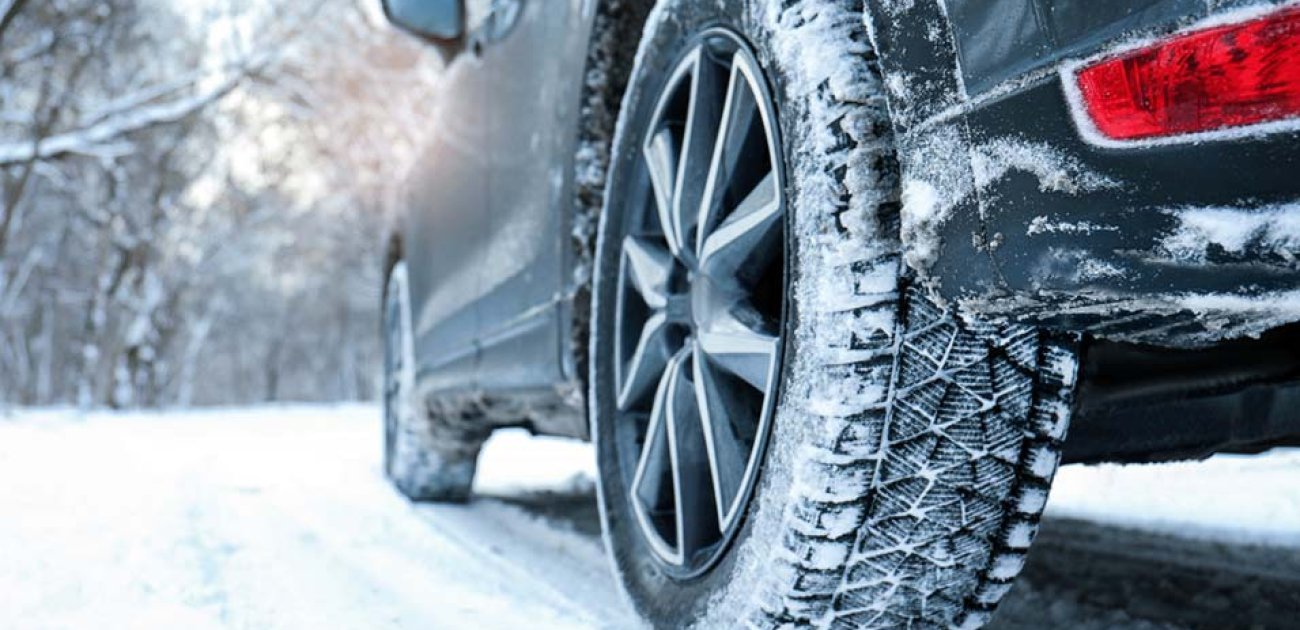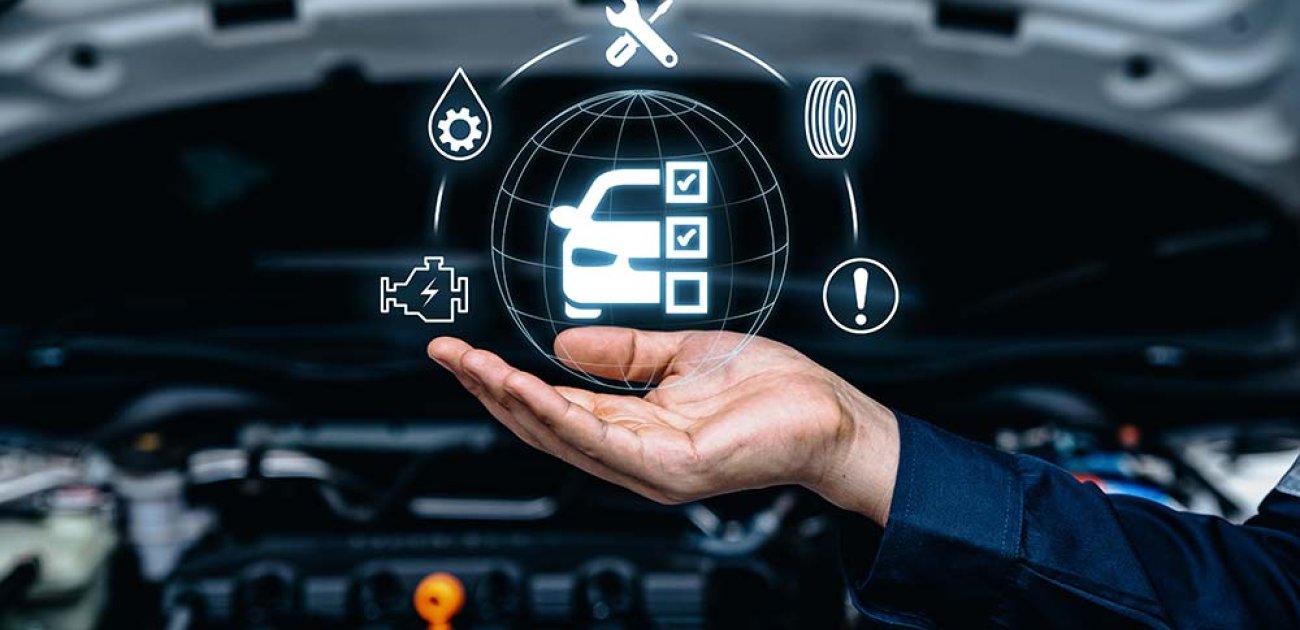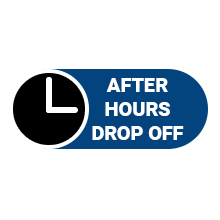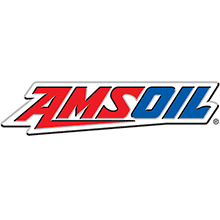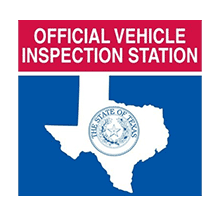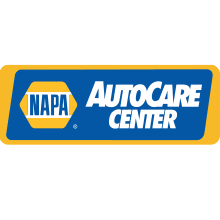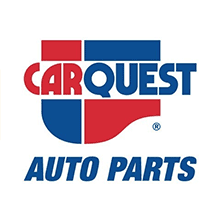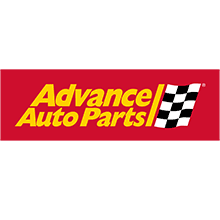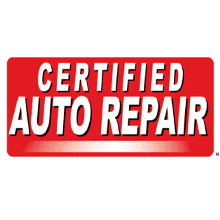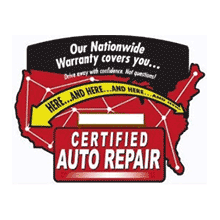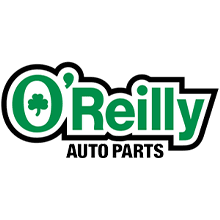Thomas Exxon GUARANTEES EVERY REPAIR
Our professional automotive service offers you years of combined expertise from our well-trained technicians. We treat our auto repair professionals well because we value their skill and can-do attitude. We know our team sets us apart, saving you time and money, not to mention worry. When it comes to auto repair in Corpus Christi, we are totally confident that Thomas Exxon is the best option in town!
READ MORE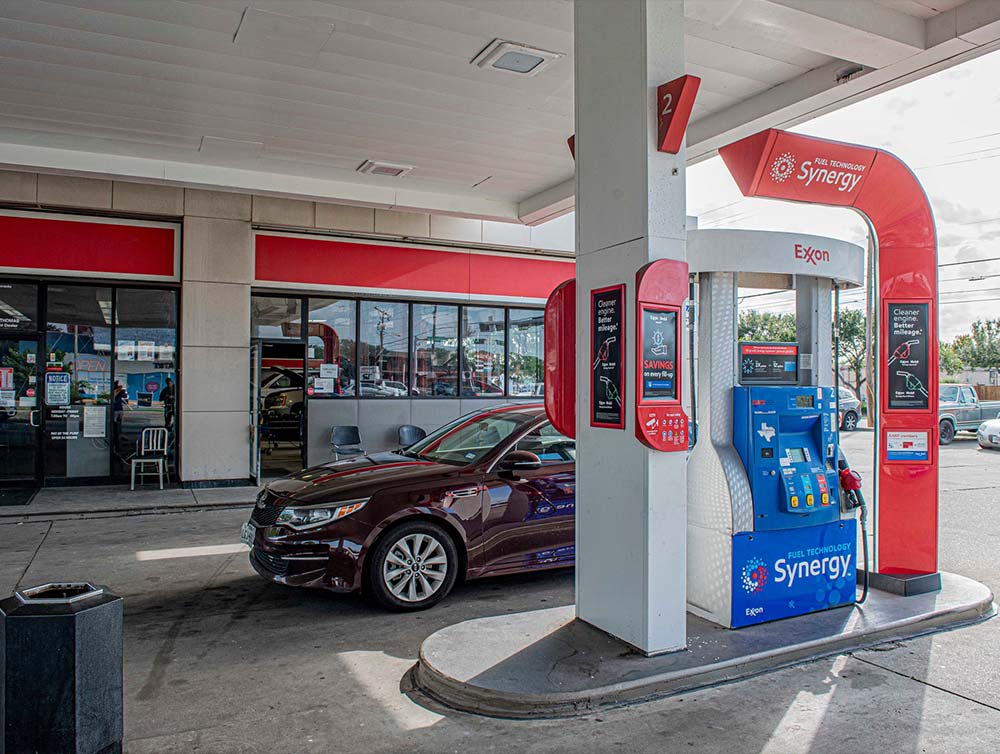
WE FIX IT RIGHT THE FIRST TIME
At Thomas Exxon, we make every effort to give you the best possible automotive repair service for your vehicle. We won’t just throw parts at a problem; we believe in solving the cause of the issue. We believe in transparency with the customer through honesty and going above and beyond expectations.
Repair & Service
We offer complete auto service and repair - we service most makes and models. Your satisfaction is our top priority! Read more
Tire Services
We are your honest and reliable source for tire installation, tire rotation, and a leader among tire repair shops in Corpus Christi, TX. Read more
Check Engine Light
Your “Check Engine Light” can be an indicator of needed maintenance, or it could also be warning you of a major component failure. Read more
Brake Repair
Your safety is our #1 concern! We have our vehicles so we can jump in and go somewhere...but once we get close, it’s important to stop there! Read more
Oil Changes
Over time, oil can lose some of its chemical properties that are designed to reduce corrosion and increase the lubrication in your engine. Read more
Shocks and Struts
Shocks and struts are pneumatic or hydraulic cylinders that dampen ride motions and keep your tires firmly in contact with the road. Read more
Call us for an appointment at (361) 852-1221, or stop in and see us at the first sign of trouble! Let us keep your car or truck safe, and ready at all times to move you to its destination!
